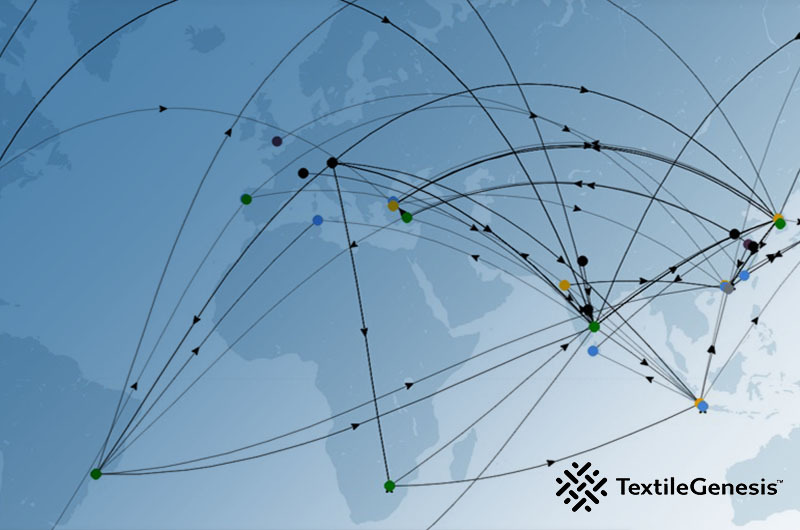We have all seen it, the rapid transformation of consumer behavior and expectations to a new, enhanced lifestyle built around new behaviors. And these new behaviors often require new products created from totally new technologies. One of the new lifestyles is Modern Day Wellness—a shift away from the health and fitness craze of the ‘90’s to more of a wellness mindset that individuals adopt to create happier, healthier, and more balanced lifestyles. This fits the needs of consumers of all genders, races, and ages and is driving new product innovation in many industries.
This Modern Day Wellness takes consumers to a new mindset that is integrated in both body and mind and focuses on the whole life and whole person in physical, mental, social, and spiritual characteristics. There is much less emphasis on optimal athletic performance and more on being (and feeling) the best you can be with the personal best practices that fit your individual lifestyle.
So what does this new mindset have to do with fabrics? It creates an opportunity for manufacturers to provide wearable technology that makes our apparel do more than just clothe us. Innovations now allow for fabrics to be interwoven with wellness enhancing properties that create a new way for clothes to create wellness. This isn’t about smart watches and headsets; it’s about integrating wellness solutions more directly with our clothing and letting those clothes bring wellness directly to our skin.
What are the wellness solutions that wearable technology can or will provide? Some of them are:
• Antimicrobials to stop microorganisms (like fungus) from growing
• Odor control
• Wicking for comfort or dryness
• Temperature control
• Sunblock
• Bug repellency
• Pain relief
And where do these technologies come from?
Many of the technologies used in wearable smart clothes come, surprisingly, from nature. They provide “high tech” solutions that are inherent in their natural properties and complementary to the physical properties already in our bodies. Modern-day chemistry is the driver of innovations of natural product textile technologies, including derivations from plants, plant extracts, and a large variety of other natural elements, crystals, minerals, and mineral compounds. While the innovative use of these natural elements comes from modern technology, many of these uses have been known by our ancestors for centuries.
While wearable technology started primarily with the use of synthetic fibers (because of the relative ease of integrating materials into the synthetic yarn extrusion process), increasingly innovators are creating “smart clothes” with Cotton as a major element.
Synthetic fibers create issues of sustainability and biodegradability that simply do not co-exist with the “wellness” philosophy that is part of the drive to wearable technologies. Cotton, at least as it is grown in the United States, is a sustainable crop that is biodegradable while providing a truly natural base for smart clothes technology. Increasingly, innovators are turning to cotton (either exclusively or in combination with some synthetic fibers) to create new “wellness-oriented” smart clothes that meet the consumer’s desire for Natural and Pure products.
The Modern Day Wellness trend (driven by young consumers who have been raised to live a healthier lifestyle) will continue to drive the need for clothes that not only provide fashion and protection, but also provide ways to enhance personal wellness. As innovation continues, new smart clothes will play a growing role in the clothing business—and Cotton will be an important fiber for those smart clothes.




